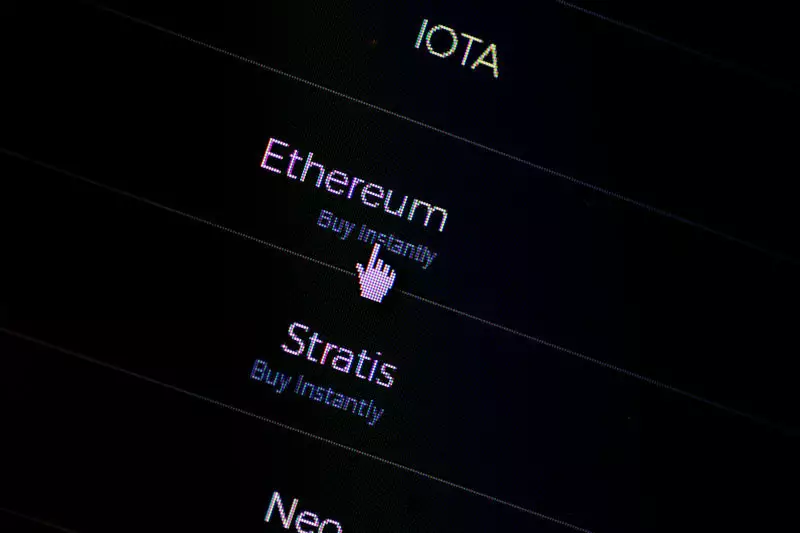In recent times, the intersection of cryptocurrencies and traditional financial markets has become increasingly pronounced. With prominent exchange-traded funds (ETFs) for Bitcoin (BTC) and Ethereum (ETH) making their debut, institutional giants like BlackRock, VanEck, and Fidelity have taken significant strides into the crypto realm. As a result, we find ourselves in a perplexing situation: while the interest in cryptocurrency among retail and institutional investors surges, the sector’s unique characteristics and autonomy seem to be waning. This complex dynamic raises questions about the future of cryptocurrency as a standalone asset class.
The once-distinct boundaries of the cryptocurrency market are now often overshadowed by movements in traditional markets. Recent analysis indicates that the price fluctuations of key cryptocurrencies, particularly Bitcoin and Ethereum, often mirror the trends observable in U.S. market indices. Observers have noted a tangible correlation: as the U.S. stock market approaches its opening, significant trading volumes for BTC and ETH often precede it. This pattern suggests a response mechanism among crypto traders influenced by traditional financial market timings. However, this relationship is not merely coincidental; it reflects broader economic sentiments that connect both markets, making cryptocurrency susceptible to stock market fluctuations.
Major Movements Spark Speculation
Significant transactions within the crypto space are often met with heightened scrutiny and speculation. For instance, the recent transfer of 1,762 BTC—valued at nearly $180 million—alongside a movement of 20,467 ETH, equating to around $75.46 million, sent ripples of concern through the crypto community. Such considerable transfers from unidentified wallets to centralized exchanges are seen as precursors to potential sell-offs by influential players. This frenzy among traders highlights the lingering uncertainty regarding market manipulation and the behavior of ‘whales’—individuals or entities holding large amounts of cryptocurrency. The market’s reaction to these movements underscores an underlying tension that continues to linger in the space.
Despite the pervasive anxiety concerning large transactions and rising correlations with traditional financial markets, the resilience of Bitcoin and Ethereum remains impressive. Even following substantial transfers that usually signal impending sell-offs, Bitcoin has shown a remarkable increase, with a rise of over 2.1% at the time of writing. Similarly, Ethereum has also displayed positive trading responses since the onset of the trading day. This contrasting reaction is illustrative of how the market can absorb pressure and defy typical expectations—at least momentarily.
As cryptocurrency continues to evolve and intertwine with mainstream finance, the critical question remains: will it maintain its originality as an independent asset class? The ongoing entrance of established institutions and the growing influence of stock market trends pose challenges to the sector’s identity. For many, the appeal of cryptocurrency stemmed from its decentralized and unregulated nature, offering an alternative to traditional finance. However, as these boundaries blur, the market may face increasing pressures to adapt without losing its foundational principles. Only time will reveal how this dynamic landscape will shape the future of cryptocurrencies.

